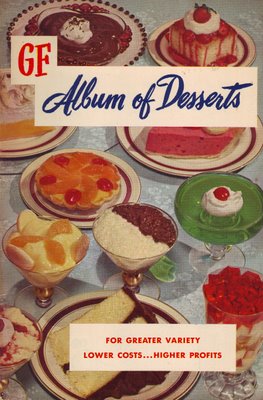No, I wasn't hung over
Late posting today--my apologies. As promised, here's the rest of our tour of the Carioca rum distillery in Puerto Rico.
Quite a facility, eh? I especially like the way they have a large patio set up for the workers, with festive umbrellas and little tables. I'm sure the workers hang out there between shifts and sip cold drinks.
I can't fgure out why you would need to write "rum distillery" in huge letters on the roof of your building, except perhaps for the benefit of tourists flying over in airplanes, but surely in 1943 that wasn't a consideration.
But boy, take a look at the inside of this place! No third-world conditions here! Spic-and-span! The people even wear white clothes. That's so . . . white of them.
They look curiously immobile, it's true. And I don't think the safety inspector would like that guy standing on the desk to reach the packing conveyer, but how many safety inspectors could there have been in Puerto Rico in 1943? Don't you know there was a war on???? Maybe the problem was too many Zombies imbibed between shifts on the patio.
Maybe the problem was too many Zombies imbibed between shifts on the patio.
Zombies are one of the few drinks featured in this book that are actually supposed to be made with rum. One has to wonder, though, about the effect of pre-mixing and bottling. Zombies really require fresh fruit juice. Adding carbonated water and ice isn't going to do the trick.
Offensive and wholly un-Puerto Rican label image, though? They've got that part nailed.
As always, click 'em to bigger 'em.



















